One's eyes are what one is, one's mouth what one becomes
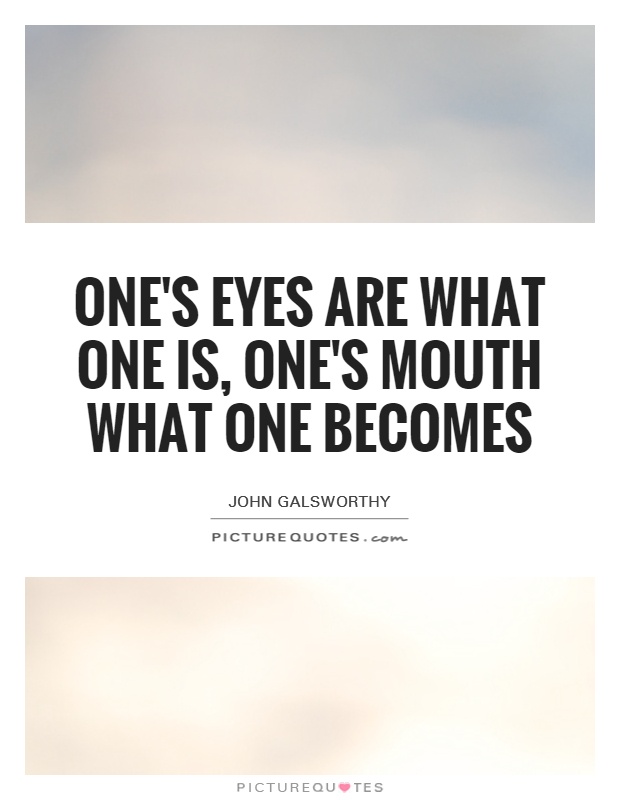
One's eyes are what one is, one's mouth what one becomes
John Galsworthy, the renowned English novelist and playwright, is often remembered for his keen observations of human nature and society. His works often delve into the complexities of human relationships and the impact of societal norms on individuals. One of his most famous quotes, “One's eyes are what one is, one's mouth what one becomes,” encapsulates this theme perfectly.In this quote, Galsworthy suggests that a person's eyes reveal their true nature, while their words and actions reflect who they are becoming. This idea is central to many of Galsworthy's works, where characters are often judged by their outward appearances and actions, only to reveal their true selves through their thoughts and emotions.
Galsworthy's characters are often complex and multi-dimensional, with hidden depths that are only revealed through their interactions with others. In his novel "The Forsyte Saga," for example, the protagonist Soames Forsyte is initially portrayed as a cold and calculating man, but as the story unfolds, we see the inner turmoil and vulnerability that lie beneath his stoic exterior.
Similarly, in his play "Strife," Galsworthy explores the destructive power of pride and ambition through the character of John Anthony, whose actions ultimately lead to tragedy. Through the dialogue and interactions of the characters, Galsworthy reveals the true motivations and desires that drive their behavior, showing that words can often be deceiving.
Galsworthy's quote also speaks to the idea of self-awareness and personal growth. By acknowledging the connection between one's eyes and mouth, Galsworthy suggests that true authenticity comes from aligning one's thoughts and actions with their innermost self. Only by being true to oneself can one truly become the person they are meant to be.

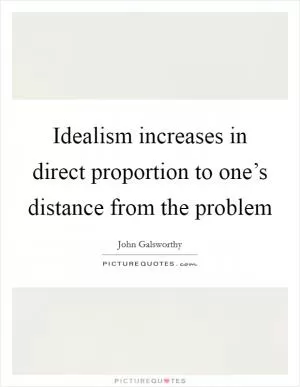

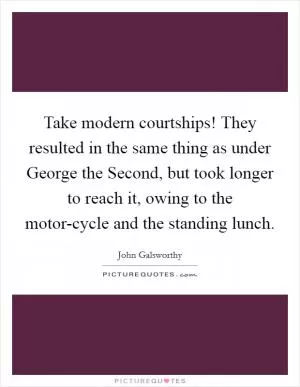


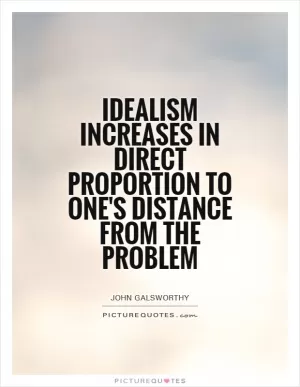



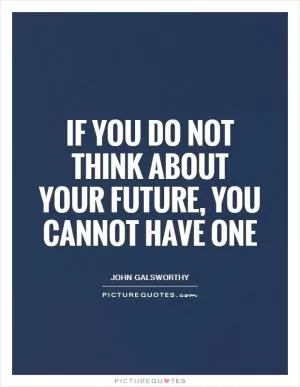
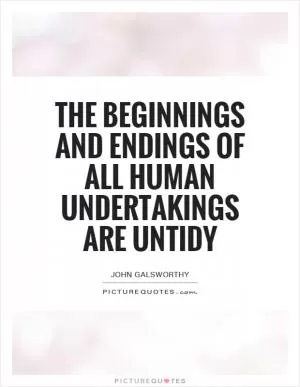
 Friendship Quotes
Friendship Quotes Love Quotes
Love Quotes Life Quotes
Life Quotes Funny Quotes
Funny Quotes Motivational Quotes
Motivational Quotes Inspirational Quotes
Inspirational Quotes